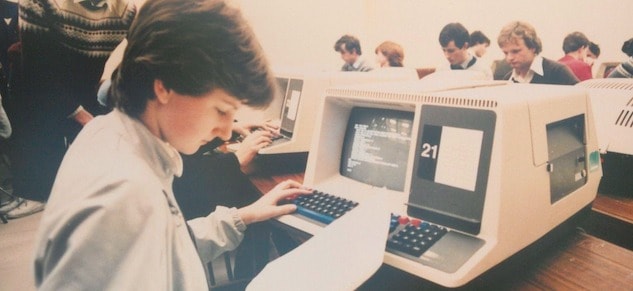
As a startup, you get daily feedback from your users. As the one in charge of customer care – you’re between the wills of the developers and the users. Some people report bugs, some suggest new features, and some just don’t understand the product.
At Brisk, we haven’t reached the point where we started to use tools like Zendesk or Conversocial yet, but just email and phones. One thing that differentiates a startup from a classic company is the ability to change your product. Fast.
That’s what a startup does in the initial phase, which makes the role of customer success be equally helping the user and equally figuring out where to go next.
Here is what we’ve learned
1. Promise wisely – A new feature wish should definitely be considered but not always implemented. Tell your customer that you’ll keep it in consideration. Talk about it in your sync meetings. If it’s in line with the vision, fits the current development, and many users would benefit from it – build it! For a gold star: Notify the user if it’s ever released and thank them for a great idea.
2. Some stuff needs time – Reply fast, even if you don’t know the answer. Confirm that you hear them and keep the user in the loop if something happens. The user will definitely appreciate getting small updates about their issue from the customer care department.
3. It’s ok to say no – “It would be great if we could do X!” This is hard. I’ve been there so many times, nodding to a new feature request that just isn’t aligned with where you want to go with your product. Say no, and explain why it’s not something that you want to focus on at the moment. You probably have good reasons – why not share it with your users?
4. Don’t give up too easy – People have a lot of things to do. Troubleshooting a tool that they don’t yet know the value of because something was broken when they wanted to try it out – is a low priority. Be persistent. It doesn’t matter if that specific user will ever use it, but for all of the ones that will in the future! So, send a lot of emails. Be pushy.
5. New feature vs. bug – Don’t mix up bugs with feature improvements. Broken stuff should be fixed as soon as possible, adding X is not a top priority. Make sure to communicate it right: “Oh, this is broken we will fix” or “Great feature request, I will forward it to our developers”. But don’t promise to fix a feature request!
6. Find the process – To keep us structured we use follow-up tasks and cases in Salesforce to make sure we’ll never forget our users, and we use GitHub for bug reporting. Salesforce is for the user-facing part, GitHub is for the developers. We add cases manually to Salesforce and GitHub. The ideal thing would be if GitHub provided a Salesforce integration that synced Cases with GitHub issues.
7. It’s good that people are contacting you – That means that they find your product interesting and that they probably want to use it more. The great thing about support is that you’re actually in contact with a person that reached out to you. Ask them why they want that specific feature, and how they did when they found the bug. This is a great opportunity to get to know your user better, and one of your most valuable forums for getting feedback.








